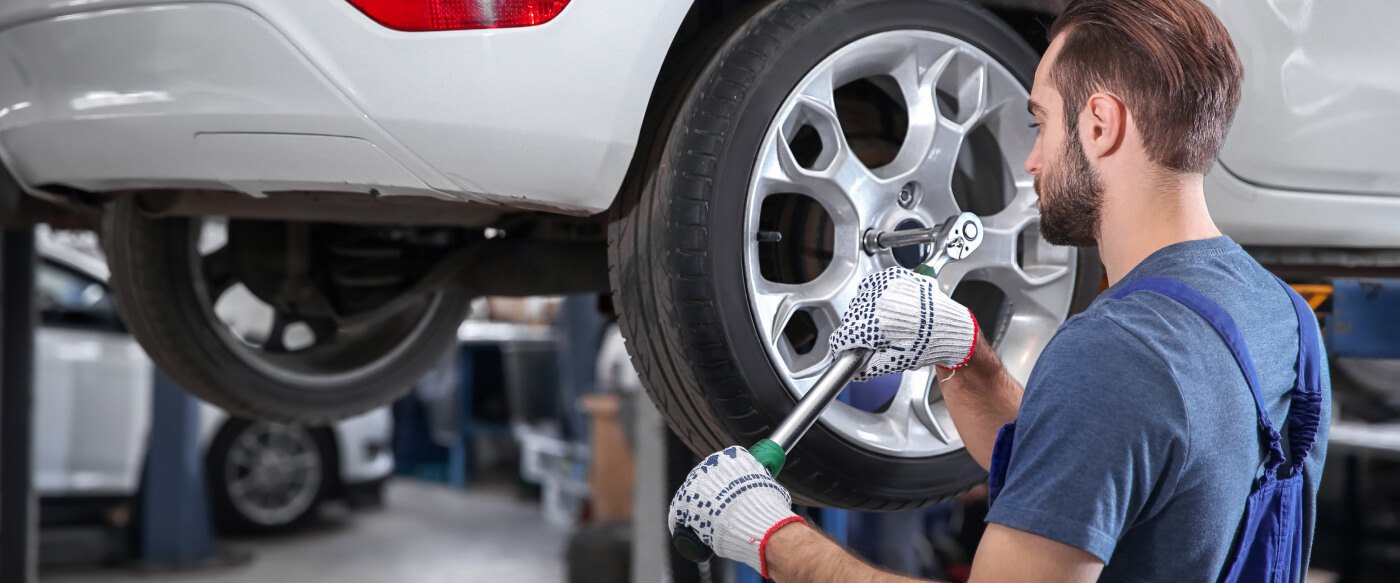Tire Repair Work Myths Debunked: Separating Truth From Fiction
In the world of vehicle upkeep, tire fixing holds a significant place, yet it is frequently shrouded in myths and false impressions that can lead to confusion for vehicle owners. Understanding the difference in between reality and fiction when it comes to tire repair is essential for guaranteeing both security and cost-effectiveness. From the misunderstandings surrounding patching versus plugging a punctured tire to the performance of numerous tire sealers, there are a number of crucial areas where clarity is needed to make informed choices. Allow's lose light on some typical tire repair service misconceptions and separate them from the reality to empower you with the expertise required to browse this essential aspect of lorry upkeep.
Common Tire Fixing Misconceptions
Eliminating prevalent false impressions surrounding tire repair is critical for preserving road safety and security and prolonging the long life of your automobile's tires. One common misconception is the belief that a pierced tire is beyond repair work and has to be replaced completely. In truth, lots of punctures can be successfully fixed by a professional, adhering to market standards. It is important to understand that not all slits are created equal; while some might without a doubt require a tire substitute, the bulk can be securely repaired.
One more mistaken belief is the concept that a do it yourself tire fixing kit is a sufficient service for all tire issues. While these sets can be useful for momentary repairs in emergency situations, they are not an irreversible solution and may not address the underlying problem (morris tire service). Looking for the competence of a certified tire service technician is constantly suggested to guarantee the safety and integrity of the tire

Can You Repair a Punctured Tire?
Fixing a punctured tire is a typical method in the vehicle sector, often brought out by expert specialists complying with certain guidelines and standards. Punctures located on the walk area of the tire are generally repairable as lengthy as they are within a particular dimension restriction and do not influence the tire's architectural stability.
It is very important to note that punctures near the sidewall or shoulder of the tire are generally not repairable as a result of safety and security worries. Such areas undergo substantial stress and anxiety and flexing, making fixings undependable and potentially dangerous. Additionally, if the slit is as well big, surpassing the suggested repairable size, or if the tire reveals indications of internal damages, it is much safer to replace the tire altogether.
The Fact About Patching Vs. Connecting
When thinking about the fixing of a punctured tire, understanding the differences in description between patching and connecting is essential for making informed decisions relating to tire upkeep and safety and security. Patching involves repairing the tire from the inside, where a patch navigate here is used to cover the leak.
Misconception: All Tire Sealers Work

When selecting a tire sealer, consider factors such as the size of punctures it can successfully fix, compatibility with tire pressure surveillance systems (TPMS), and whether it is safe for the tire material. Checking out evaluations and looking for suggestions from professionals can help you make an informed choice. Furthermore, normal maintenance and prompt replacement of sealer can help make certain optimal performance. Keep in mind, while tire sealers can be helpful in emergency situations, they are not an alternative to correct tire treatment and maintenance.
Best Practices for Handling Flat Tires
Taking into account the varying performance of tire sealants, comprehending best techniques for dealing with punctures is important for preserving roadway safety and lorry performance. When experiencing a flat tire, the very first step is to securely pull over to the side of the road, away from oncoming website traffic. Switch on hazard lights to alert other drivers of your scenario. It is recommended to use the vehicle parking brake and location wheel wedges under the tires to protect against the car from rolling. Next off, consult your vehicle's manual to locate the extra tire, jack, and lug wrench. Prior to trying to change the tire, ensure that the area is level and see this here steady. Loosen the lug nuts, increase the car with the jack, remove the lug nuts and puncture, and replace it with the extra tire. Tighten the lug nuts in a star pattern, lower the automobile, and firmly tighten the lug nuts. Stow away the level tire, tools, and devices, and remember to check the extra tire's stress periodically. Following these best methods can help you handle blowouts properly and safely.
Verdict
To conclude, it is necessary to separate truth from fiction when it concerns tire repair work myths. Understanding the fact about covering vs. plugging, the effectiveness of tire sealers, and ideal practices for managing level tires can assist guarantee the security and durability of your tires. By exposing common misconceptions and adhering to correct repair work standards, you can make enlightened choices when it comes to keeping the health and wellness of your car's tires.